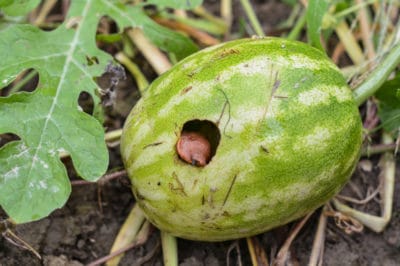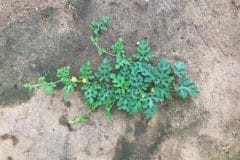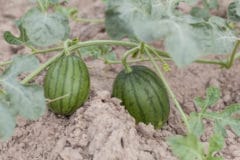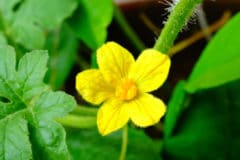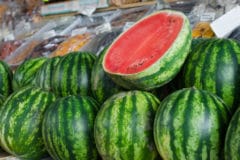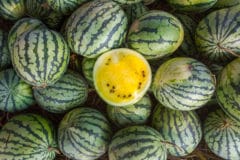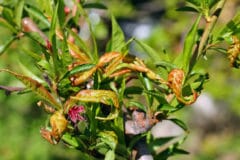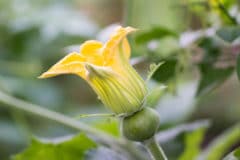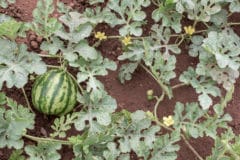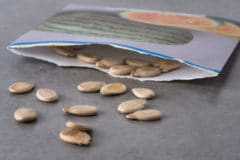Reduce Stress on Plants
Growing your watermelons in preferred conditions goes a long way in the prevention of stress on plants, which helps in reducing problems with disease as well as pests that can lead to disease. Always grow the melons in a location with well-drained soil located in full sun.
Situations that cause stress on watermelon plants that are easily prevented include:
- Seeds or transplants planted too early in wet soil when outdoor conditions are still too cold. Wait until temperatures are 70°F (21.1°C) before planting seeds or transplants.
- Planting in too acidic soil. Watermelons perform best with a soil pH of 6 to 6.5.
- Growing plants in infertile soil. Amend the planting site with approximately 6-inches of well-aged compost or manure.
- Watermelon plants have competition from weeds growing in the planting site, which reduces the plant’s intake of moisture and nutrients.
- Drought conditions due to too infrequent applications of water. To prevent disease problems, always water the plants at ground level and not from overhead irrigation systems, which wets the foliage.
Expert Gardner Tips: To help prevent disease in future watermelon crops, don’t plant the melons in the same location year after year.
Common Diseases Associated with Watermelons
When grown under preferred conditions, watermelons usually aren’t plagued with disease problems. However, some of the most common problems include:
Anthracnose (Collectotrichum orbiculare)
Anthracnose is a fungal disease that affects all portions of the watermelon plant including the fruit and can negatively affect yield, if not controlled. It’s most severe during warm, humid conditions. The spores are transported through the air, infected seed and through vegetative waste left in the planting site.
Signs of infection include small, circular tan or brown lesions on the foliage and fruit that grow larger over time. It can look as if the plant has measles.
Prevent and control the problem by cleaning up any leaf debris from the planting site and treating with a copper fungicide spray just as the plants begin running. Alternate planting sites every year and use disease-free seed or a resistant cultivar.
Alternaria Leaf Blight (Alternaria cucmerina)
Alternaria leaf blight is a fungal disease that is dispersed through wind and rain. The spores can live in decaying leaf debris for several years, so it’s imperative to use good sanitation practices where the watermelons grow. The problem is worse during warm, wet conditions.
Signs of a problem include dark spots with yellow halos forming on the older leaves. If left untreated, the problem areas grow larger, spreading through the entire plant and have a center “target” area. The watermelon plants eventually suffer leaf drop and decline.
Prevent the problem by not watering plants overhead and starting a fungicide program, applying every two weeks. A copper fungicide works well.
Gummy Stem Blight/GSB (Didymella bryoniae)
GSB is a fungal problem that causes a severe loss in plants and fruit. It’s spread through diseased seed, unsanitized growing area, or rain splashed upon plants. Wet conditions and temperatures ranging around 75°F to 77°F (23.8°C to 25°C) are most favorable for the problem.
Tan lesions develop usually on the edges of older foliage, expanding to the veins and stems. Stems and fruit develop orange, water-soaked areas that are slimy. Infected fruits exude an orange substance, with the areas becoming sunken and turning dark.
Control and prevent the problem by cleaning up leaf debris, not using overhead watering systems, planting disease-free seed, rotating crops and using preventative fungicides such as copper.
Expert Gardener Tip: Always follow the particular product you are using label’s instructions concerning amounts, application and frequency of use.
